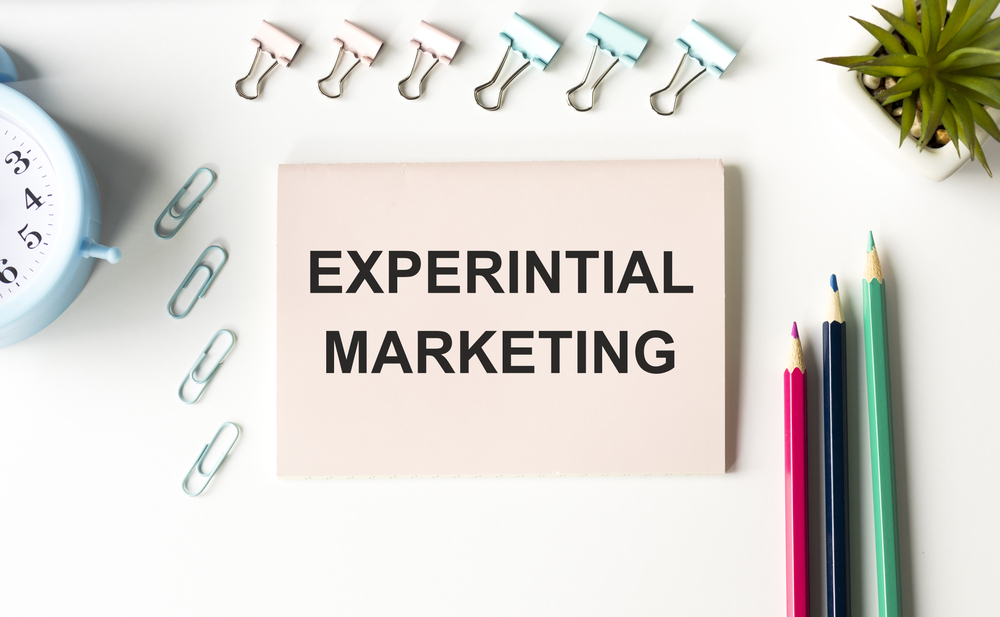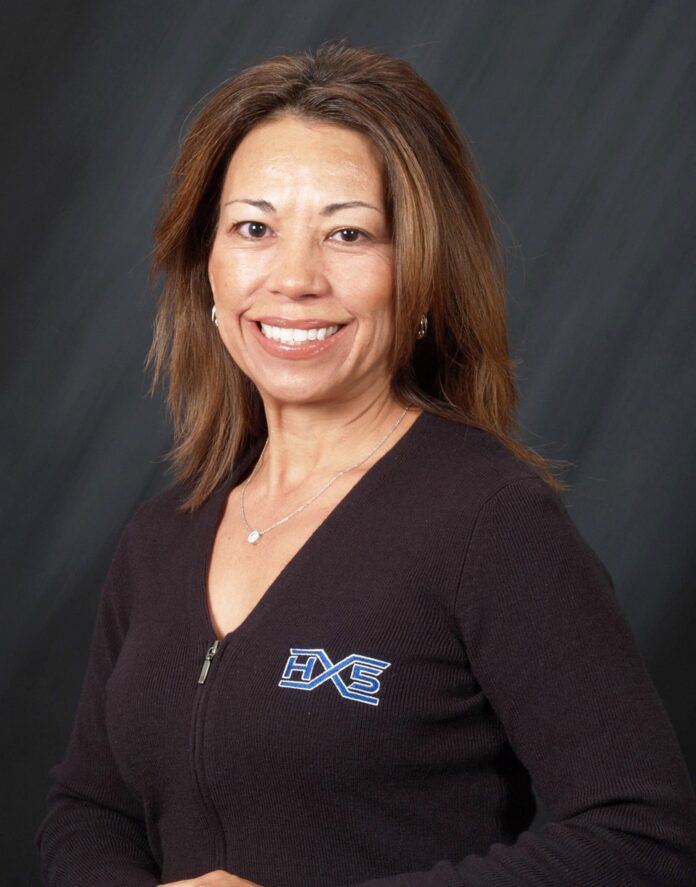The defense contracting industry confronts an unprecedented workforce transition as Generation Z enters the job market with fundamentally different expectations than their predecessors. Margarita Howard, sole owner, CEO, and president of HX5, a service-disabled veteran and women-owned defense contractor, recognizes these shifting dynamics.
Howard’s Florida-based company operates across 34 states and 90 government locations with over 1,000 employees, providing science, technology, engineering, and mathematics-focused federal support services to NASA and the Department of Defense.
The challenge extends beyond typical recruitment hurdles. Defense contractors must attract talent capable of obtaining security clearances while competing against technology companies offering higher salaries and more flexible work arrangements.
Gen Z Job Expectations
Born between 1997 and 2012, Generation Z will constitute approximately 30% of the workforce by 2030, according to research from Johns Hopkins University. Their arrival coincides with fierce competition for STEM talent, particularly in specialized fields requiring security clearances.
Research from the World Economic Forum shows that 38% of Gen Z respondents indicate they’re likely to quit their jobs within a year, a 4-percentage-point increase from the previous survey.
Gen Z’s expectations center on three critical areas: meaningful career progression, technological sophistication, and values alignment. Unlike previous generations, who accepted gradual advancement, this cohort expects concrete growth opportunities and refuses to tolerate outdated systems. A Deloitte study found that 77% of Gen Z respondents consider it vital to work for companies whose values align with their own.
The defense industry’s traditional hierarchical structure and lengthy security clearance processes create additional barriers. Many Gen Z professionals grew up expecting rapid technological advancement and immediate feedback, contrasting sharply with government contracting’s deliberate pace and regulatory requirements.
Margarita Howard’s Approach to Digital-Native Talent
Howard has implemented targeted approaches to attract Gen Z talent while maintaining the security standards essential for defense work. During a recent interview, she acknowledged the generation’s distinct preferences: “We’re excited about Gen Z, and certainly we’ve tried to adapt as much as we can to their needs and what we’re seeing as their wants.”
HX5’s methodology focuses on technological modernization within security constraints. Howard explained: “Where it makes sense, we have implemented flexible work models, like hybrid work models, allowing some flexibility while maintaining very strict security standards in our environment. We have to do that.”
The company has updated its internal communication systems to accommodate Gen Z’s digital-native expectations. “We believe, and we’re seeing, that Gen Z thrives in digital-native environments. And we’ve modernized some of our internal communication processes to include those platforms that we believe that they’re comfortable in, such as instant messaging, interactive project management, and some tool/workspace changes,” Howard notes.
However, Howard maintains that experience remains paramount in government contracting. “We prefer to hire experienced individuals, so we look for people that have worked with, or supported, NASA or the Department of Defense, as this experience is always very helpful. Experience in their respective fields, while supporting these agencies’ respective programs and missions, is very different from experience gained working in the commercial world,” she says.
HX5’s recruitment methodology emphasizes the exciting nature of defense work to compete with commercial technology companies. Margarita Howard regularly tells potential recruits: “You have to get up in the morning and be excited about the particular program you’re supporting, let’s get to the moon, let’s accomplish this mission overseas where X and Y are happening.”
Industry-Wide Competition for Scarce STEM Talent
The challenge facing Howard and other defense contractors extends beyond generational preferences to fundamental supply-and-demand imbalances. National Defense Magazine reported that 82% of companies in the defense industrial base find it difficult to locate qualified STEM workers. This shortage intensifies competition among defense contractors while technology companies simultaneously recruit from the same talent pool.
ManpowerGroup’s 2024 research indicates that 71% of U.S. employers struggle to find skilled talent they need. For defense contractors, the challenge multiplies because candidates must obtain security clearances, a process that can take months or years. Meanwhile, commercial technology companies offer immediate employment and often higher compensation packages.
Howard acknowledges these recruiting difficulties, particularly for highly specialized positions. These positions require unique combinations of technical skills, security clearances, and specific expertise that make candidates exceptionally rare. The company’s approach emphasizes the mission-driven nature of defense work to differentiate from commercial opportunities.
HX5’s retention success provides evidence that this mission-focused approach resonates with employees. Howard notes: “Some of them have been with us 15 years,” a remarkable achievement given that the company celebrated its 20th anniversary in 2024. This long-term retention contrasts sharply with the job-hopping tendencies often associated with Gen Z workers.
The company’s educational requirements reflect the sophisticated nature of its work. According to Howard, most HX5 employees hold college degrees, with management team members frequently possessing advanced degrees. “In fact, the majority of our management team is comprised of women, all very experienced in their respective areas, and many holding advanced degrees as well,” she explains.
Technology Integration and Future-Proofing
Recognizing that Gen Z workers expect cutting-edge technology, Margarita Howard has positioned HX5 at the forefront of emerging trends, particularly artificial intelligence. “We try to stay ahead of changing technologies, AI, and cybersecurity. I saw it was important to get started on it early and so we have,” she states.
This technological sophistication serves dual purposes: attracting talent and maintaining competitive advantage. AI integration has become particularly important for proposal development, a critical function in government contracting.
“Being able to write winning proposals is an absolute necessity,” Howard emphasizes. “Developing proposals that accurately show capabilities, solutions, and value propositions requires solid technical expertise combined with effective writing skills.”
The company’s AI adoption extends beyond proposal writing to operational efficiency and compliance. Howard explains that AI systems can help track and organize the detailed documentation required for government audits, allowing employees to focus on sophisticated work while maintaining perfect accuracy for regulatory requirements.
Looking toward 2035, Howard anticipates fundamental changes in government procurement processes. “We believe that in the years to come, and certainly by 2035, government agencies will increasingly utilize AI to streamline procurement processes, evaluate contractor performance, and probably predict future needs based on historical data that they collect,” she says.
Find a Home-Based Business to Start-Up >>> Hundreds of Business Listings.














































